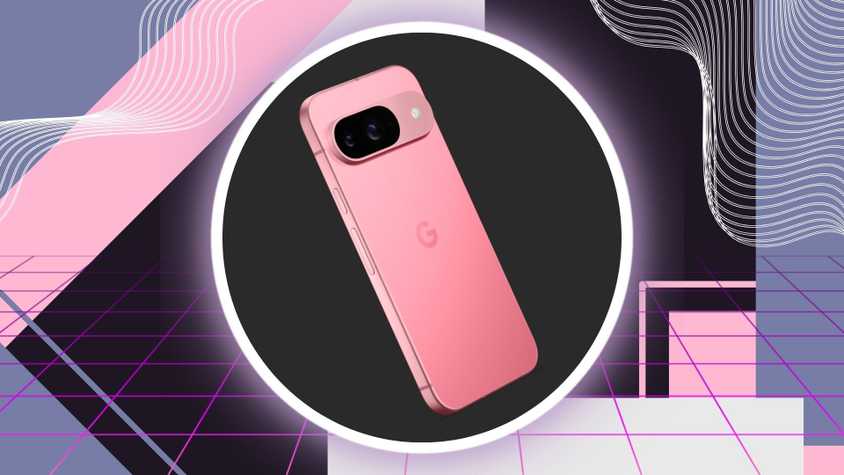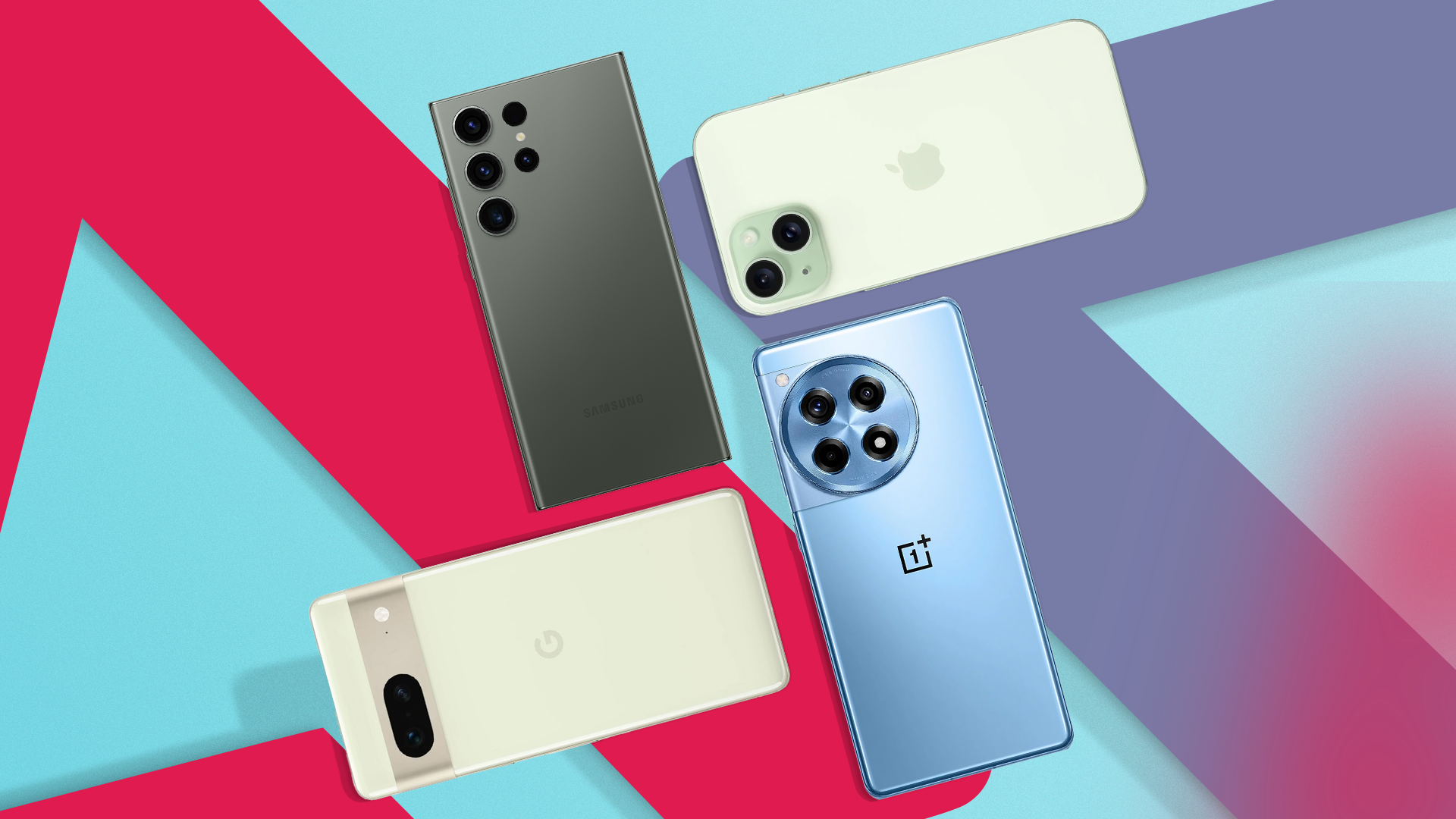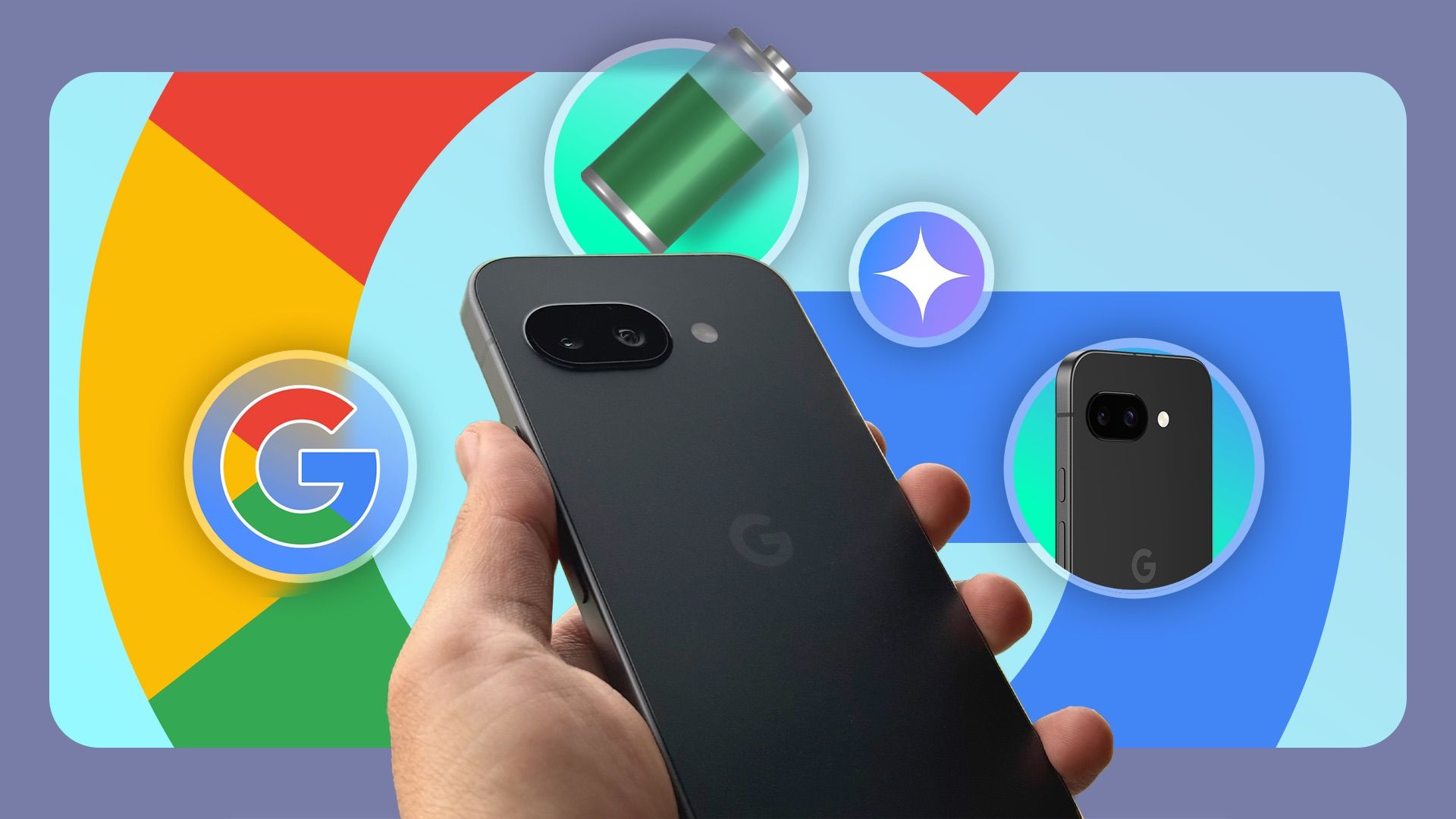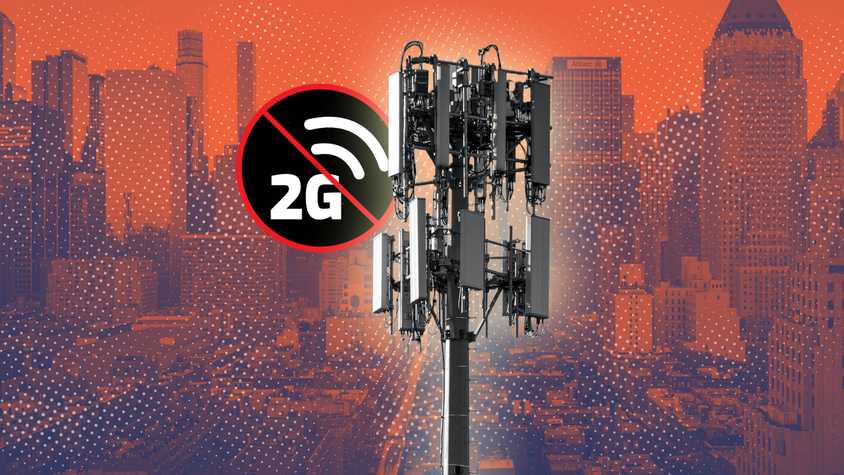An expensive repair quote for my shattered screen kicked things off. I needed something basic.
I saw a new Android phone priced at $150. The spec sheet listed a decent battery, generous storage, and a multi‑lens camera system. It seemed a bargain. However, my confidence lasted short.
Budget‑conscious consumers face a paradox in today’s market. Paper specs promise entry‑level devices that can handle every task.
Yet, the race to the bottom on price has created a category of ultra-budget phones that represent a false economy.
I’ll show how this promising phone failed and the compromises that turned a smart deal into an expensive mistake.
The psychology of deals and how spec sheets mislead you into buying bad phones
Ultra-budget smartphone marketing relies on information asymmetry.
Manufacturers emphasize quantifiable, impressive-sounding specifications while strategically obscuring the qualitative deficiencies that define the user experience.
You see large numbers and assume they mean quality. Manufacturers exploit this to sell the illusion of an unbeatable deal.
This is most evident in the sub-$200 category, which is populated by unfamiliar brands from obscure online sellers. In the ultra‑budget market, something basic often becomes basically unusable.
I fell for the good enough fallacy. I assumed my needs were basic, and a cheap device would do. Calls, texts, and light browsing are not demanding tasks.
I failed to realize that today’s websites and apps demand far more resources than a few years ago.
Apps like WhatsApp and Instagram now come with AR filters and high-resolution media, with none playing nicely with slow processors.
The expensive lesson was the realization that the smooth and reliable execution of basic tasks is a premium feature that the ultra-budget price tag cannot afford.
What budget phones sacrifice to cut costs
Cost-cutting for a sub-$200 price shows in system-wide lag, unreliable hardware, and insecure software. This section lists those failures in detail.
Cheap phone cameras are all talk
The camera is a battleground for numerical deception. Quad or triple camera branding is a cheap tactic to mimic the appearance of flagship devices.
Manufacturers will pair a half-decent primary camera with a low-resolution ultrawide, a grainy telephoto, or a useless macro to pad the spec sheet.
While the megapixel count may be high, the underlying image sensors are small and of low quality. Combined with weak processors incapable of accurate image processing, the results are poor.
Another flaw with cheap phone cameras is shutter lag between tapping the shutter and capturing the photo.
This lag is a direct result of slow processors and storage being unable to handle the image data quickly. It makes capturing a clear photo of any moving subject nearly impossible.
When RAM numbers lie about speed
Storage and RAM face the same deception. Big capacity numbers sell easily. What is not advertised, however, is the type of storage used.
This critical detail, which impacts the phone’s day-to-day speed and responsiveness, is left out because it would reveal the device’s weaknesses.
When 5,000mAh doesn’t mean all-day use
Many ultra-budgets feature large 5,000mAh batteries, which implies endurance. However, spec sheet figures don’t translate into real-world performance.
Inefficient processors, dim screens that must be run at maximum brightness, and poorly optimized software drain the battery.
The TCL 50 XL 5G is a telling example. A CNET review found that the “battery drains fast” despite its large battery.
The same reviewer noted that it was the first sub-$200 phone they had ever managed to “physically heat… through normal use,” a sign of an inefficient chipset working overtime.
The long-term cost of poor software
Another long-term cost of an ultra-budget phone is software. Manufacturers often abandon these devices shortly after release, creating a ticking clock of obsolescence and security risks.
I’m not referring to Samsung or Google. They offer four to six years of OS and security updates, a notable exception.
I’m talking about obscure online and Chinese brands that ship phones with an old version of Android. This is a critical failure.
A lack of updates denies users new features and interface improvements and leaves devices vulnerable to exploits.
These manufacturers subsidize low hardware costs by pre‑installing bloatware. They include partner-branded games, ads, shopping platforms, duplicate system tools, and promotional apps.
These apps consume already poor storage and system resources. Many run in the background, draining battery and using mobile data, and turn devices into revenue streams at your expense.
The cheapest may even run Android Go, a lightweight operating system for low-end hardware.
While this is a sensible optimization, you are restricted to Go or Lite versions of popular applications. These often have reduced features.
This is another compromise rarely made clear to the consumer at the point of sale.
Cheap phones lead to costly add-ons
A cascade of hidden financial and psychological costs often offsets the initial savings from buying an ultra-budget phone.
Poor battery life, for example, forces users to invest in power banks or car chargers that wouldn’t be necessary with a better device.
Limited internal storage, much of which is already consumed by bloatware, necessitates a microSD card.
But the most expensive costs aren’t measurable in dollars. They come in moments of frustration. A split‑second shutter lag ruins the perfect photo. An important call goes unanswered when the phone freezes.
These inconveniences chip away at your patience and trust in a device that should work reliably.
Over time, using a phone that fails drains you and outweighs any upfront savings.
Spending a little more on a mid-range phone saves you trouble
In contrast to the ultra-budget segment’s focus on misleading specs, the mid-range market is fair. A good mid-range phone has a balanced set of good-enough features for a cohesive and reliable experience.
When choosing a good mid-range phone, there are several key indicators of quality to look for.
First, clean and well-supported software is essential. A near-stock version of Android, ideally with minimal bloatware.
Equally important is long-term support, with at least three years of OS and security updates.
A quality display can make or break the user experience. Look for a bright panel with a high refresh rate (90Hz or 120Hz), which makes scrolling and animations feel fluid.
The camera setup also deserves attention. While some mid-range phones cut corners here, the better ones include a powerful primary sensor, often borrowed from older flagships. Even if the ultra-wide or macro lenses are average.
A capable processor is critical. It should handle daily tasks and app switching without stuttering. While you may not get cutting-edge chips, many mid-range devices now include processors powerful enough for casual gaming and multitasking.
The core philosophy of this segment is prioritizing value over price.
The Pixel A-series is a benchmark for phones under $500. It uses a flagship-tier camera system that leverages Google’s computational photography to capture excellent photos.
It also has a clean, bloat-free version of Android with seven years of OS and security updates.
Your comment has not been saved
Google Pixel 9a
$499
Save $100
- SoC
-
Google Tensor G4
- Display type
-
pOLED, 120Hz
- Display dimensions
-
6.3 inches
- Display resolution
-
1080 x 2424
What that $150 phone taught me about compromise
The journey with that $150 phone was a masterclass in false economy. The lesson was that the best deal is a phone you can depend on.
I’m not saying buy the most expensive flagship. Instead, aim for the middle ground where real value lives.
A well-chosen mid-range phone from a trusted brand offers a reliable phone without ruining your Android experience.








